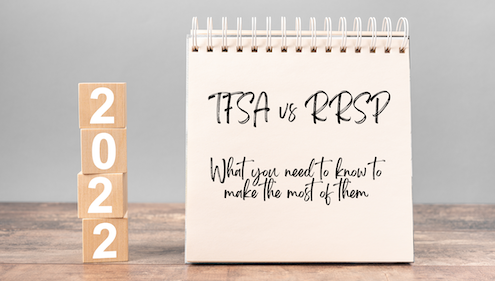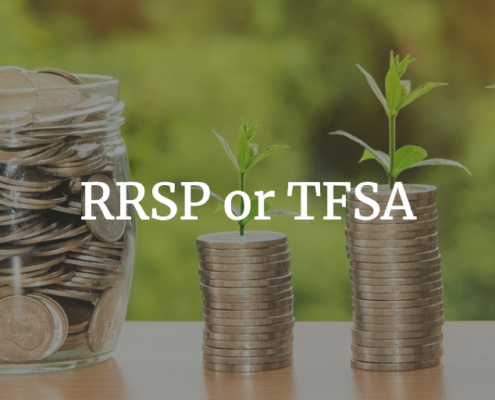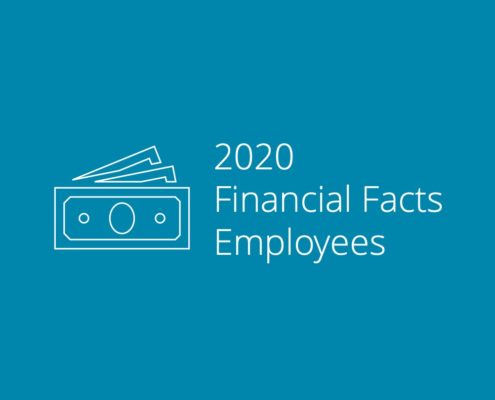
TFSA versus RRSP – What you need to know to make the most of them in 2022
Both TFSAs and RRSPs can be significant savings vehicles for your clients. We've put together an article to help your clients easily understand the differences between them – with one section focussing on differences in deposits and one focussing on differences in withdrawals.
The deposit section focuses on:
• How much contribution room is available each year.
• How carry forward works for TFSAs and RRSPs.
• Tax deductibility of contributions.
• Tax treatment of growth.
The withdrawal section focusses on:
• Conversion requirements
• Tax treatment of withdrawals
• Impact of withdrawals on government benefits
• Impact of withdrawals on contribution room

Comparing TFSAs and RRSPs – 2020
We examine the difference between RRSP and TFSA in the deposit and withdrawal stage.

Top 5 Ways to Use an RRSP to Help You Save Taxes
There are some great reasons to open a Registered Retirement Savings Plan (RRSP) to save for your retirement. Here are the top 5 reasons to open an RRSP:

2020 Financial Calendar
Financial Calendar for 2020- All the deadlines you need to know to maximize your benefits!

2020 Financial Facts for Employees
2020 Financial Facts for Employees includes Consumer Price Index, Bank of Canada Interest Rate, Federal Income Tax Brackets, TFSA, RRSP, CPP, OAS, Probate Fees, Canada Child Benefit, Registered Disability Savings Plan and RESP Numbers.

RRSP Deadline is March 1, 2018. How much tax can you save?
The deadline for contributing to your Registered Retirement Savings Plan (RRSP) for the 2017 tax filing year is March 1, 2018. You generally have 60 days within the new calendar year to make RRSP contributions that can be applied to lowering your taxes for the previous year.
